Get PeakVisor App
Sign In
Search by GPS coordinates
- Latitude
- ° ' ''
- Longitude
- ° ' ''
- Units of Length

Yes
Cancel
Share ×

Scan the QR code and open PeakVisor on your phone
❤ Wishlist ×
Choose
Delete
Bulgarka Nature Park is part of the Balkan mountain range, featuring the best Bulgaria has to offer: rivers, forests, wildlife, and versatility. There are 41 named mountains in the park, with Bedek (1,515 m/ 4,970 ft) being the highest and most prominent.
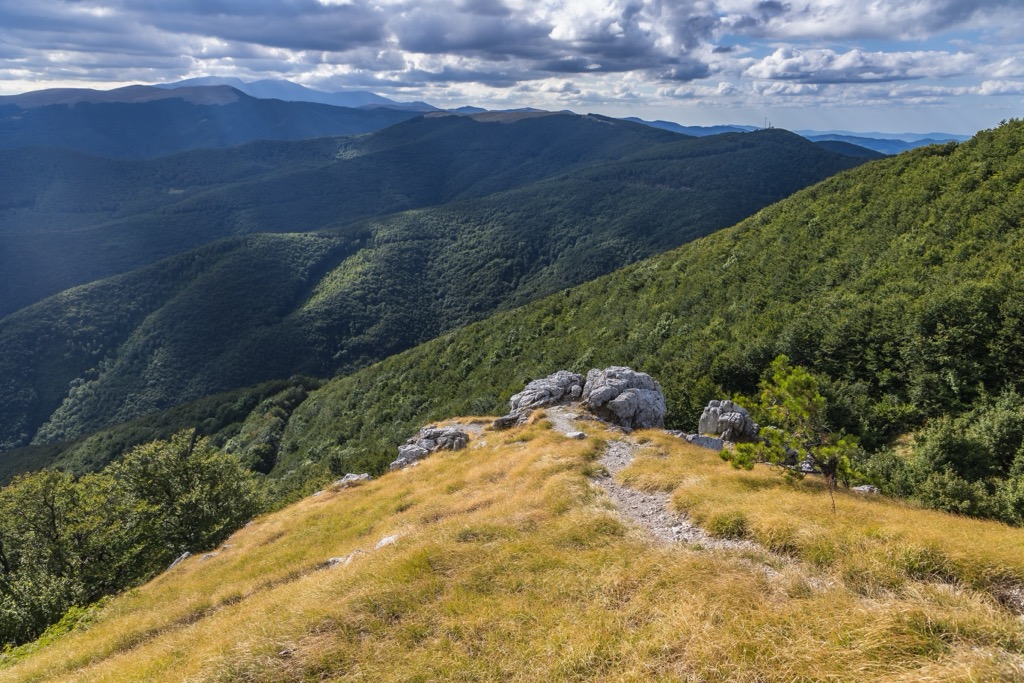
The Bulgarka Natural Park is a nature park in Bulgaria situated on the northern slopes of the Balkan Mountains, spanning an area of 22,000 ha (54,363 ar). It is between the cities of Gabrovo and Kazanluk, extending into the municipalities of Gabrovo, Tryavna, and Maglizh.
The park was established on August 9, 2002. Its borders extend from Osenikova Polyana, Uzana, and the "Hristo Smirnenski" dam in the west to the protected area of Studen Kladenets in the east. It is close to the border of Central Balkan National Park.
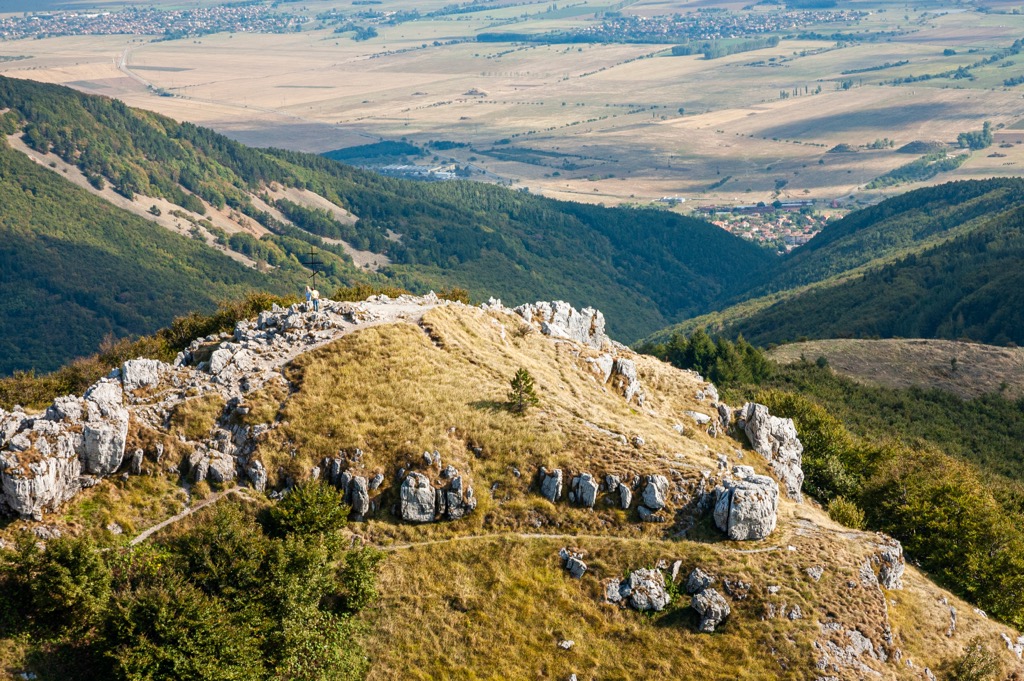
The park’s domain includes the grassy sections and northern slopes of the Shipchenska and Trevnenska mountains, and it encompasses the headwaters of the Yantra River. The park's beautiful scenery, historical importance, and central location within Bulgaria make it one of the country's most popular destinations. Moreover, it is a significant passage through the Balkan Mountains, with the famous Shipka Pass located within the park.
The park's terrain comprises five parts: the Shipchensko-Buzludzhan with the highest average altitude, the grassy Trevnenska Planina, Studen Kladenets-Konarsko, the northern part of Shipchenska mountain, and the pre-Balkan hills. The average elevation of Bulgarka Nature Park is 940 m (3,083 ft).
The park features the National Park-Museum "Shipka - Buzludzha" and the regional ethnographic open-air museum "Etara."
Thanks to its convenient geographical location in central Bulgaria, the park is easily accessible nationwide from cities, airports, and railway stations. As a "nature park" rather than a national park, there are no controlled access points or gates, allowing people to enter at any time.
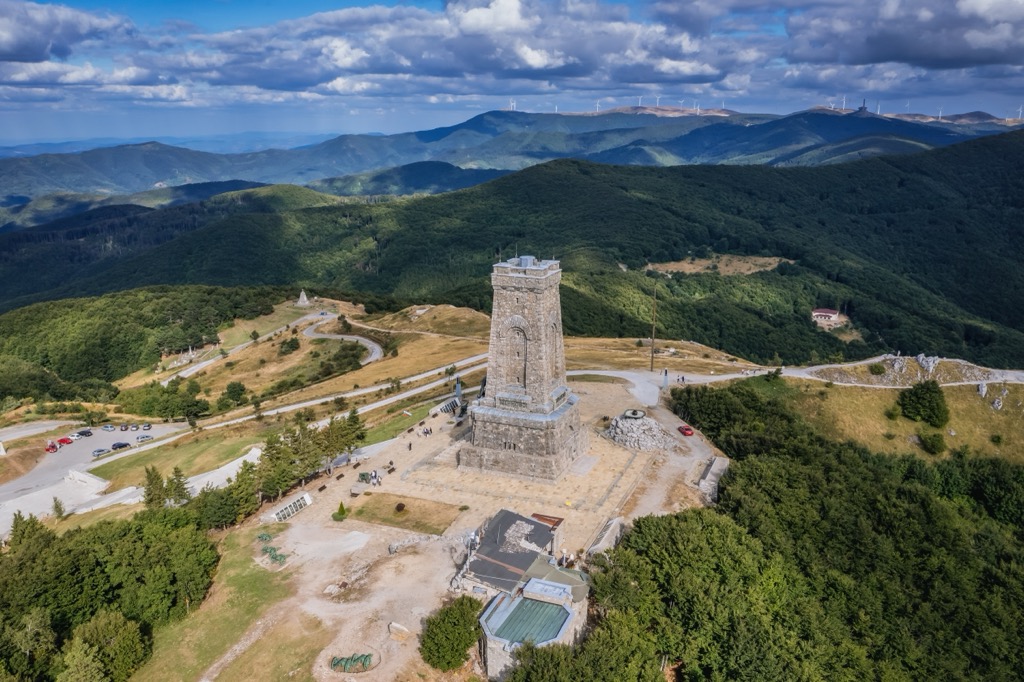
The Alpine Orogeny, which occurred between 64 and 2.5 million years ago, created most of the mountains from the Alps to the Himalayas. The orogeny resulted from the African and Indian plates colliding with the Eurasian plate, forcing the crust upwards. The Balkans are a part of this general formation.
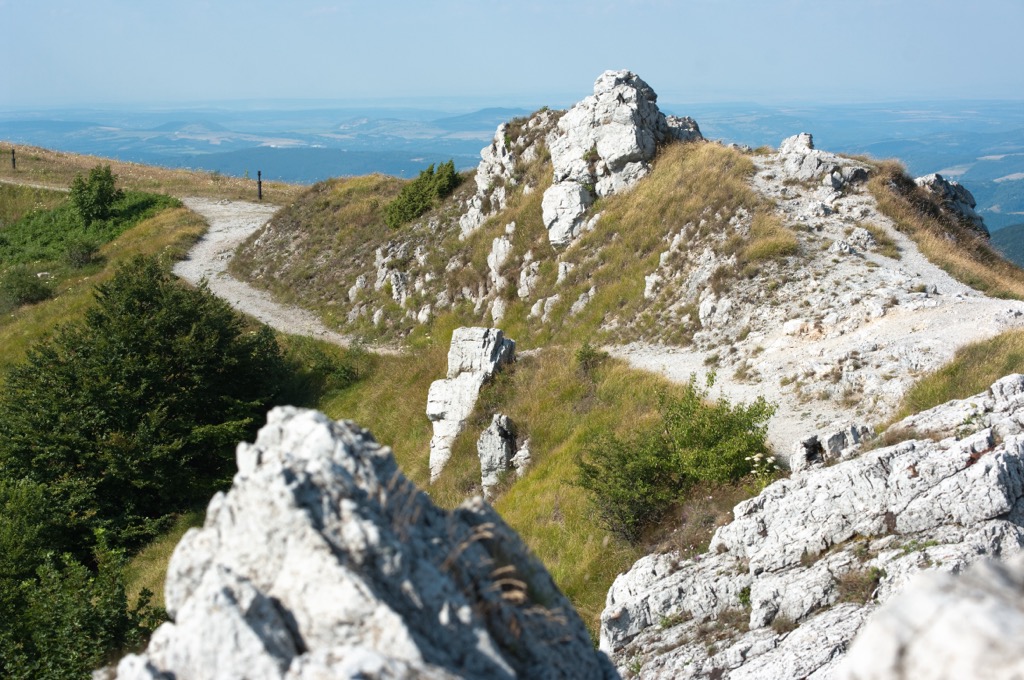
The geological highlights of Bulgarka National Park include rock faults, river valleys, and caves. The region, located between the rugged Central Balkan Mountains and the lower, sloping eastern part, exhibits remarkable diversity in its terrain.
The Bulgarka National Park is predominantly forested, accounting for 80.2% of its total area. The most prevalent tree species in the park is beech, constituting 65% of the forested area.
Additionally, there are various types of oak, linden, elm, acacia, aspen, sycamore, cherry, holly, rowan, and birch. The park’s coniferous trees include white and black pine, spruce, and fir. A unique feature is the presence of a natural yew deposit, forming a distinct habitat known as beech-yew-laurel.
The soil composition in Bulgarka National Park evolved during the Holocene period approximately 10,000 years ago and continues to change today. Human activities have played a significant role in increasing soil diversity. The historical practice of burning forests to create pasture areas has led to the formation of secondary grassy brown mountain-forest soils. In the foothill regions with abundant agriculture, soil fertility is reduced.
The park's water systems play a vital role by providing essential lifelines to wildlife and humans. The Yantra River and some of its tributaries originate within the park, supplying drinking and irrigation water to numerous towns and villages along their course. The "Hristo Smirnenski" dam and other micro-dams in the park restrict the Yantra River.
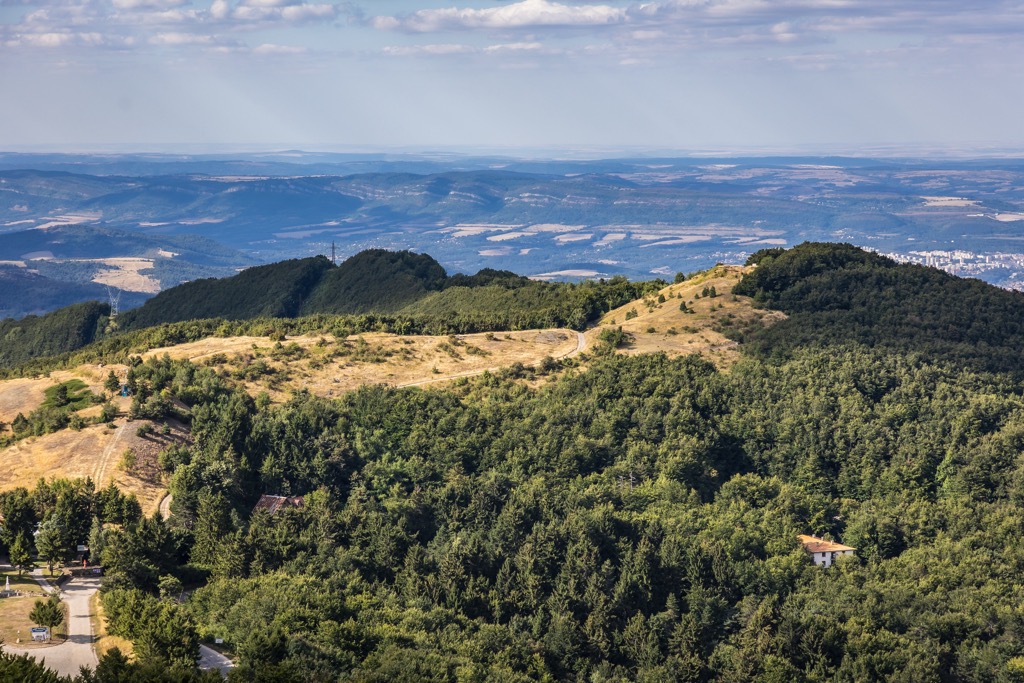
Due to its diverse relief and soil-climatic conditions, the park exhibits a wide variety of tree, shrub, and herbaceous species. Biologists have identified 360 plant species, and the comprehensive classification of flora and fauna is ongoing, considering that Bulgarka is one of the youngest nature parks in Bulgaria. Among the identified species, 31 appear in the Red Book of Bulgaria, including Bulgarian orchids, medicinal sedum, mountain onion, and mountain ax. Notably, the park provides habitat for nearly 70% of Bulgaria's officially recognized medicinal plants.
The park also boasts a diverse range of animal species. The forests are home to numerous wild animals, such as wolves, foxes, golden jackals, bears, wild boars, red deer, roe deer, hares, hedgehogs, squirrels, badgers, and minks. Avian species include golden eagles, common kestrels, rock pigeons, woodpeckers, cuckoos, common buzzards, owls, wagtails, turtledoves, jays, magpies, ravens, hooded crows, blackbirds, starlings, nightingales, orioles, and great tits.
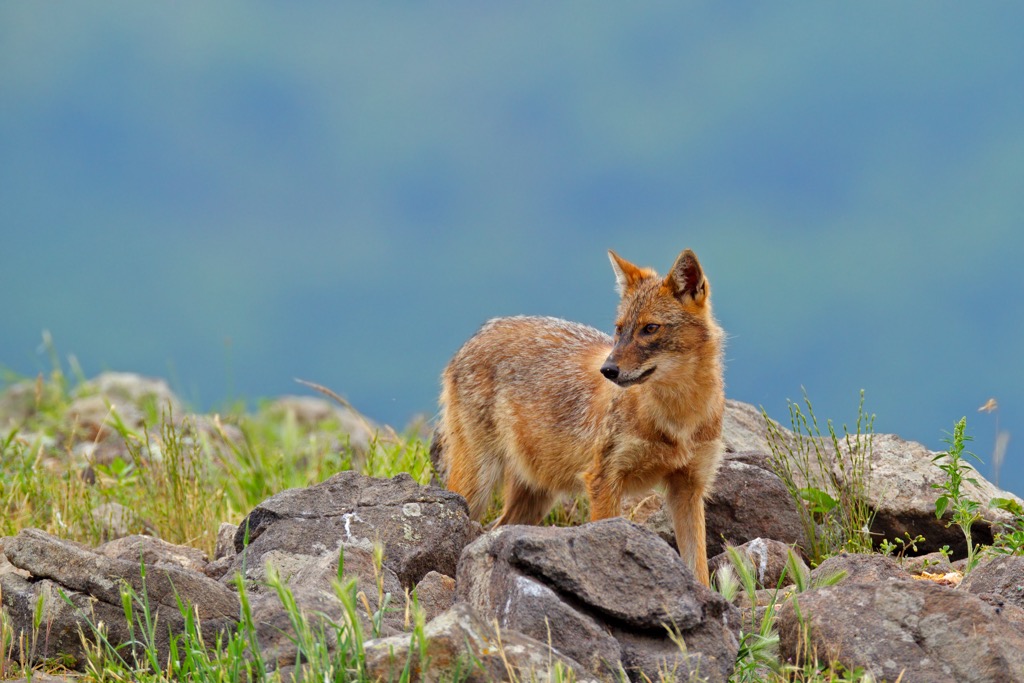
Reptiles include three snake species and various lizards. Amphibians present include several frog species and salamanders. The park's waters are diverse, housing fish species like Balkan trout and black barbel. Rare and protected plant and animal species are preserved in specific natural areas within the park, such as Makhnate skali, Vikanata skala, Izvora, Mahchenitsa - Yovovtsi, and Stolishta.
Neanderthals, and later Homo Sapiens, have inhabited the park's territory since prehistory, as evidenced by findings in the Kiliite Cave. Several ancient road arteries intersect the park and connect different cities and regions, such as Nove (Svishtov), Augusta Traiana (Stara Zagora), and Philippopolis (Plovdiv).
Notable battles have occurred here. In 1190, Bulgarian troops led by Ivan Asen I defeated the retreating Byzantines at Vereisky Road, leading to the establishment of the Second Bulgarian Kingdom.
During the Russo-Turkish War (1877-1878), the Shipka Pass Battle and winter crossing of the Balkans by Russian and Bulgarian forces took place. These events played a crucial role in the war's outcome, leading to the San Stefano Peace Treaty's signing and recognizing Bulgaria's independence.
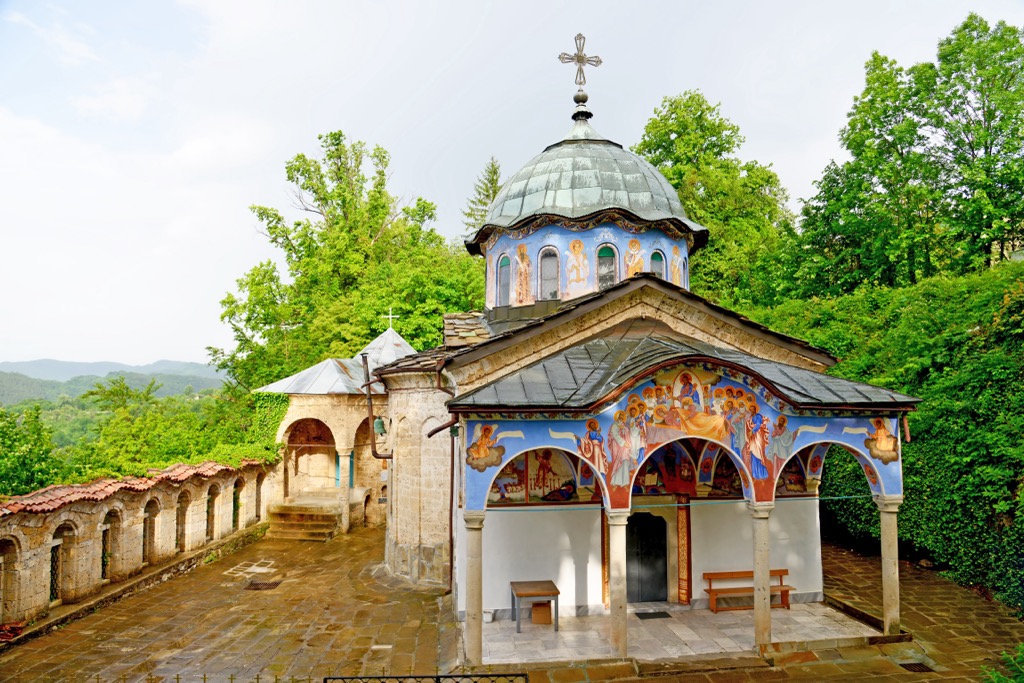
The city of Gabrovo, since its establishment, has been a center for Bulgarian traditional crafts. The open-air ethnographic museum "Etara" showcases authentic demonstrations of Bulgarian crafts and celebrates important holidays from the folk calendar.
Within the park, the Sokol Monastery houses preserved icons painted by Zahari Zograf and features a beautiful fountain designed by Kolyo Ficheto. The region has a history of being a refuge for various Hajduk troops and is associated with famous figures such as Panayot Hitov, Vasil Levski, Philip Totyu, and Hadji Dimitar. The park is also home to the geographical center of Bulgaria, located in Uzana.
The park offers around 30 hiking trails. Here are a few of the best ones:
This trail takes approximately 90 minutes to complete. Along the path, you'll find informational plates describing common trees. Rest areas with fire pits, sports facilities, two shelters and barbecue pits are available.
The trail begins near the Impulse Hotel, with a sign displaying the path layout. For most of the hike, you will pass through a beautiful beech forest, offering panoramic views of peaks such as Shipka, Buzludzha, and Bedek.
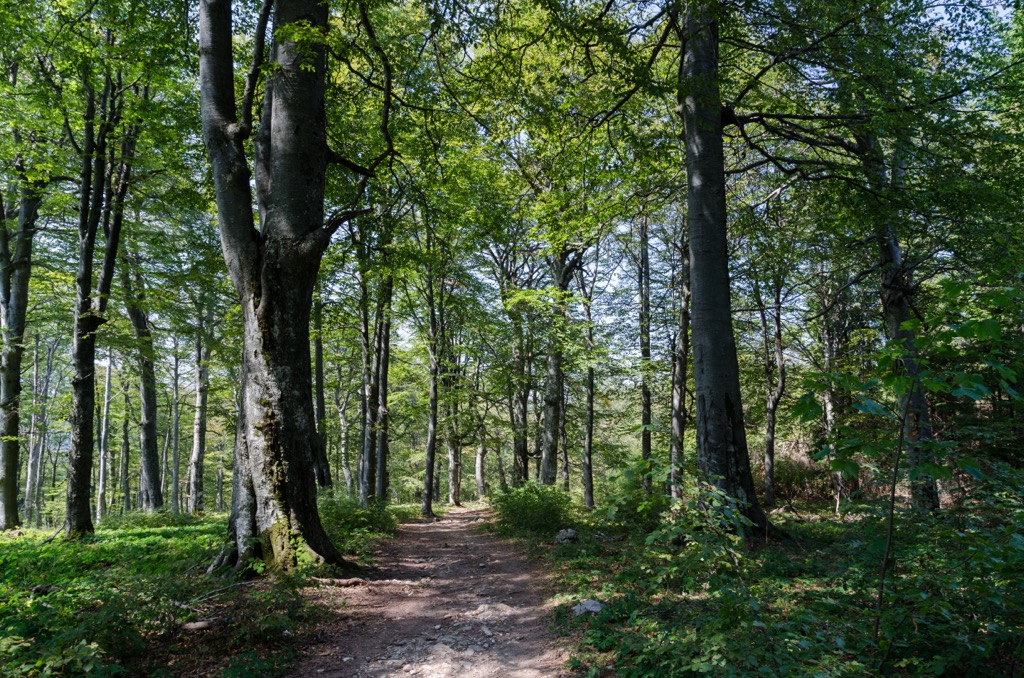
This trail consists of two parts: the first circle and the second circle. The first circle takes around three hours to complete, while the second takes about two hours. The trail starts at the Mountain Rescue Service in Uzana. The first circle leads to Ispolin peak (1,523 m/ 4,996 ft). On the way back, hikers can visit the tower for bird watching at Markov Stol.
The second circle takes hikers to the summer cottage “House of Baba Yaga.” Following the marked trail, hikers pass the geographical center of Bulgaria and traverse a mixed beech forest until reaching the “Laboratory of Baba Yaga.” Educational boards, maps, and illustrations are placed along the trails to provide additional information.
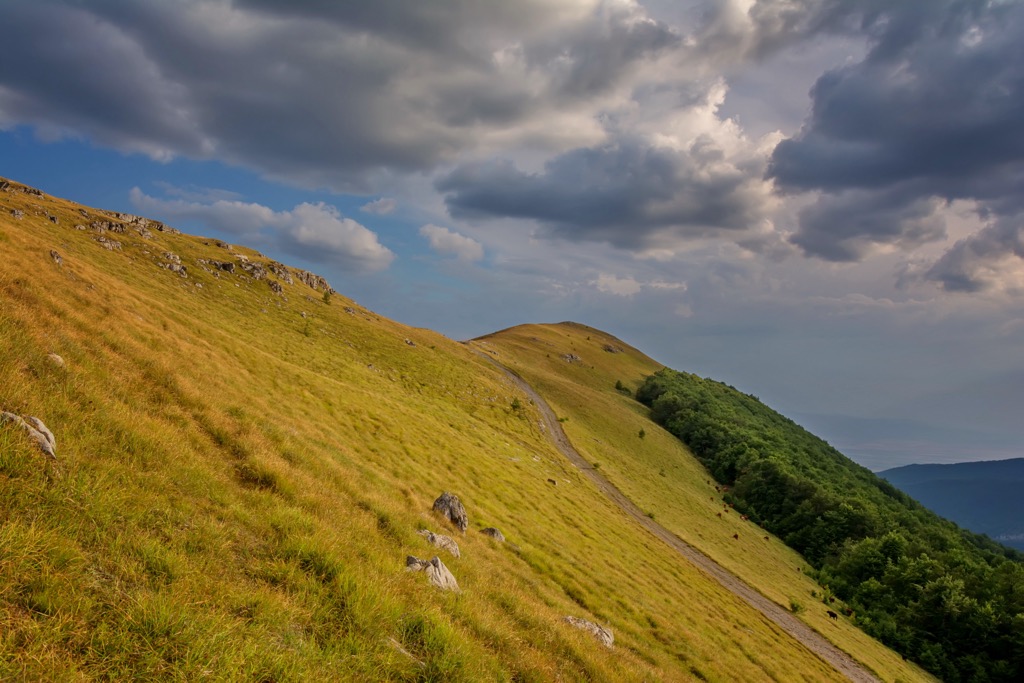
The hike is a picturesque journey that takes about 2 hours to complete. The trail starts at the Etar Architectural-Ethnographic Complex. From there, hikers embark on a journey through the beautiful natural surroundings, immersing themselves in the tranquil ambiance of the park.
The trail leads you to the Sokolski Monastery, nestled in one of the most beautiful corners of the park. Inside the monastery, you can admire the preserved icons and exquisite frescoes.
The biggest cities near Nature Park Bulgarka include:
Gabrovo is a charming city in Bulgaria, with a population of approximately 60,000. It is often called the "Bulgarian capital of humor" due to its long-standing tradition of comedy and satire. The popular Gabrovo Carnival is known for colorful parades and entertaining performances. Gabrovo is also renowned for its role at the center of Bulgarian arts and crafts.
Regarding accommodation, Gabrovo offers a range of options that suit different preferences and budgets. Visitors can choose from hotels, guesthouses, and apartments, providing comfortable and convenient stays.
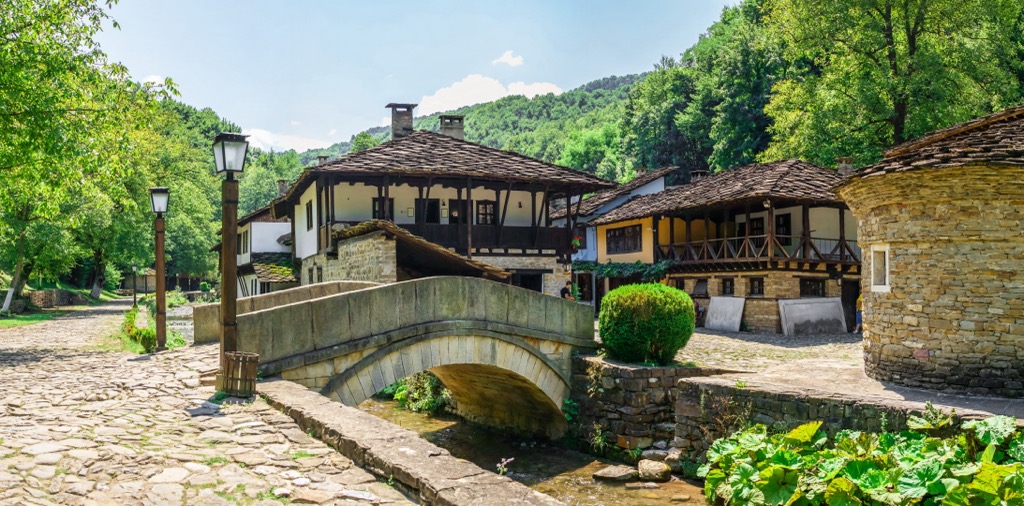
Stara Zagora is a city in Central Bulgaria with a population of approximately 140,000, making it one of the largest cities in the country. Stara Zagora holds historical significance and boasts a rich cultural heritage.
Stara Zagora is a bustling urban center with a vibrant cultural scene. Accommodation options range from hotels and guesthouses to apartments and holiday rentals.
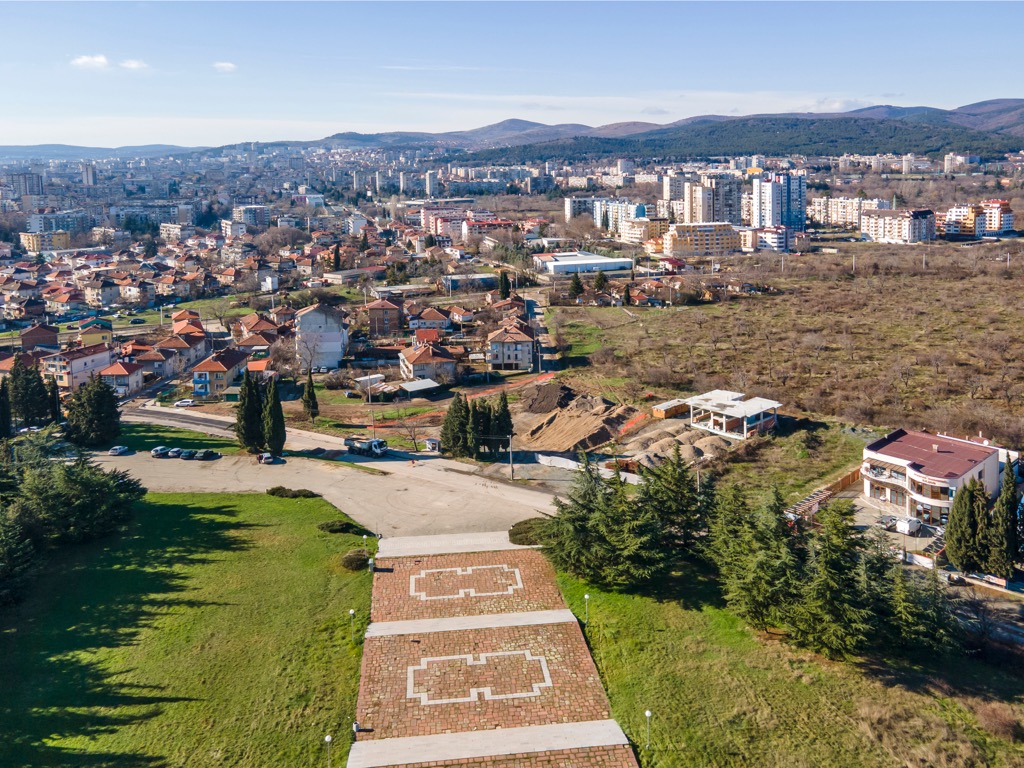
Veliko Tarnovo, Bulgaria, is a historic city in the country's north. With a population of around 70,000, it offers a range of accommodation options to cater to different preferences and budgets.
One of the must-see landmarks is the Tsarevets Fortress, where visitors can explore the ancient ruins, admire the preserved architecture, and attend sound and light shows that depict the city's history.
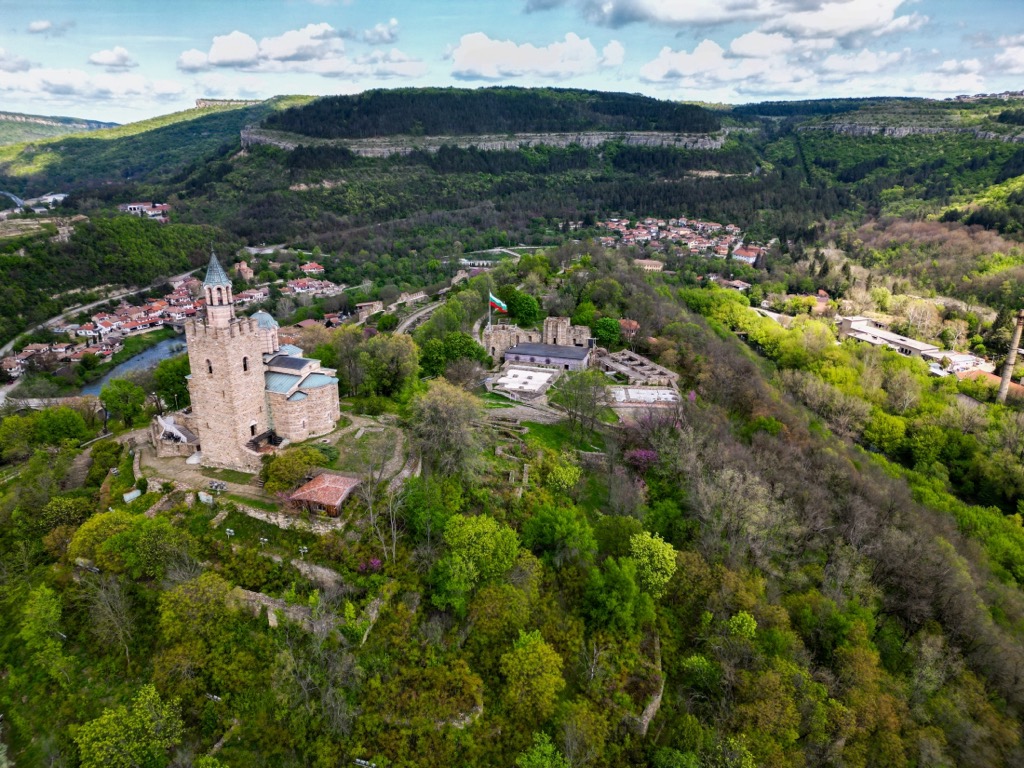
Explore Nature Park Bulgarka with the PeakVisor 3D Map and identify its summits.








